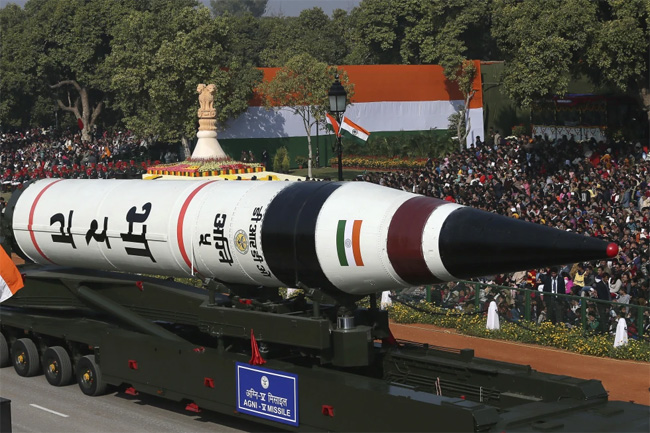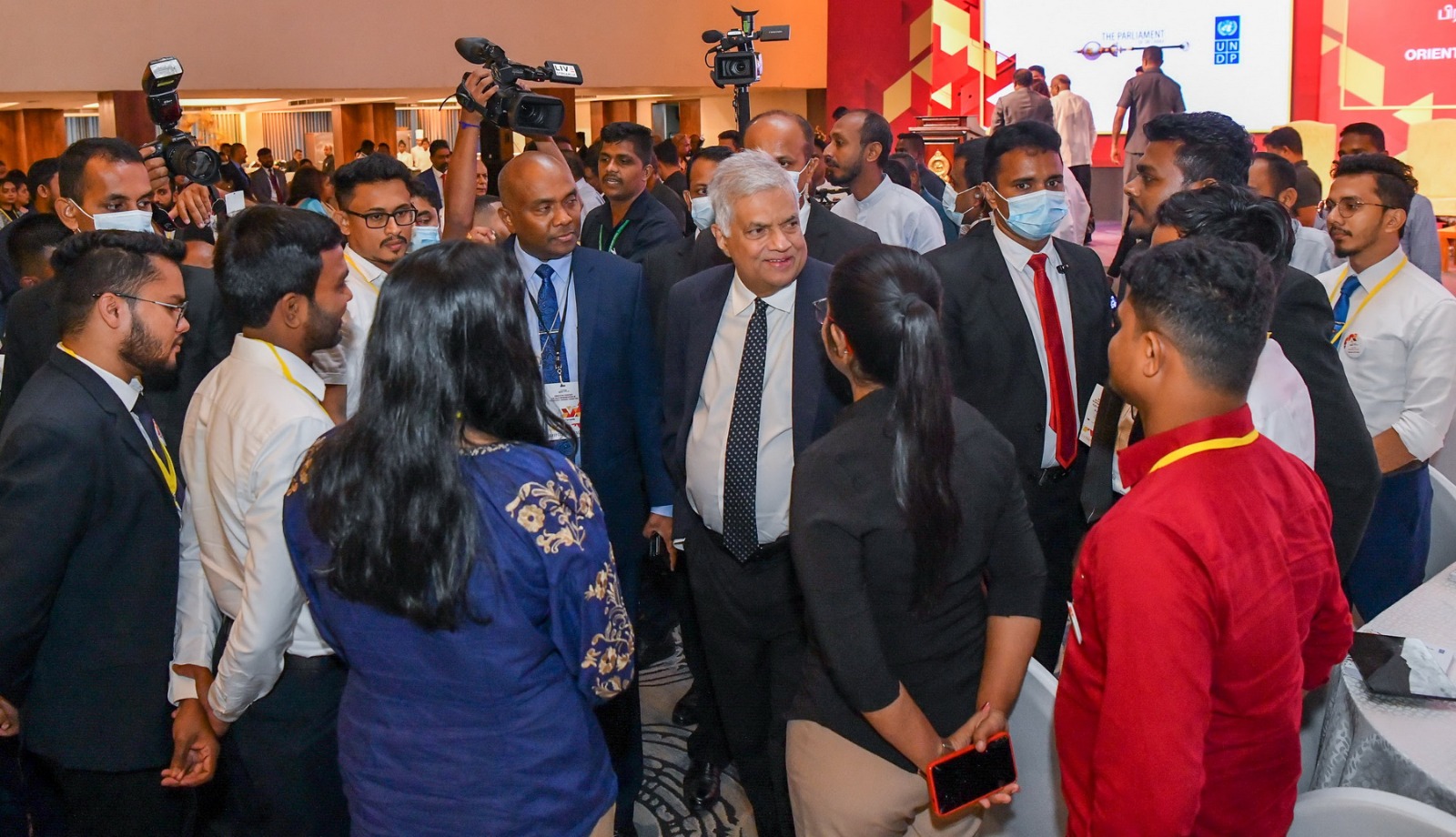India’s domestically developed Agni-5 missile successfully took its maiden test flight using the Multiple Independently-targetable Reentry Vehicle (MIRV) technology, Prime Minister Narendra Modi announced on Monday (11 March).
Hailing the scientists of the Defence Research and Development Organisation (DRDO) for the feat, he said he was “proud” of them for the successful completion of ‘Mission Divyastra’.
Agni-5 is India’s nuclear-capable long-range surface-to-surface missile developed by DRDO. The first test flight using MIRV is significant for India as it has entered the league of a select group of countries that have this capability.
What is MIRV?
Multiple Independently-targetable Reentry Vehicles (MIRVs) allow a missile to deliver multiple nuclear warheads at different targets that are even hundreds of kilometres apart. While conventional missiles can carry one warhead, MIRVs are capable of deploying several warheads.
As per India Today, this missile technology is important in strategic nuclear warfare as it permits a missile to target different locations at the same time.
These vehicles were developed during the Cold War as part of the arms race. The technology was first deployed by the United States in an Intercontinental Ballistic Missile (ICBM) in 1970. A year later, it deployed MIRV on a Submarine-Launched Ballistic Missile (SLBM), as per Washington-based non-profit advocacy group, the Centre for Arms Control and Non-Proliferation.
Developing it is not an easy task as it involves a “combination of large missiles, small warheads, accurate guidance, and a complex mechanism for releasing warheads sequentially during flight”, the group said in its article.
According to political scientist Ted Greenwood’s study, Making of the MIRV: A Study of Defense Decision Making, the US believed MIRV would give “enhancement of a first-strike capability” to its strategic forces, enabling it to attack diverse Soviet targets.
Which other countries have it?
By the end of the 1970s, the erstwhile Soviet Union had developed MIRV technology for its ICBMs and SLBMs.
According to the Centre for Arms Control and Non-Proliferation article, the United Kingdom, France and the US deploy MIRV on SLBMs, while China uses it on ICMBs. Russia has MIRV-equipped both ICBMs and SLBMs.
“The use of MIRVs on submarines is considered less destabilising than on land-based missiles because the difficulty of finding nuclear submarines makes strikes against them unlikely,” the article by the nonprofit said.
Now, India has joined this small group of countries that have developed the MIRV technology. According to government sources, the system is equipped with domestic Avionics systems and high-accuracy sensor packages, which “ensured that the re-entry vehicles reached the target points within the desired accuracy.”
Last October, Pakistan successfully test-fired Ababeel, a medium-range ballistic missile. This MIRV-capable missile is reportedly a response to New Delhi’s efforts to develop and expand its ballistic missile defense (BMD) programme.
Israel is also believed to either already have or is in the process of developing MIRV-equipped missiles, reported Indian Express.
Agni-5 missile and its significance
Agni-5 is the fifth variant of India’s long-range surface-to-surface ballistic missile. Before this, its last test was conducted in December 2022 off the coast of Odisha. This test had come on the heels of a clash between Indian and Chinese troops at the Line of Actual Control in Tawang, Arunachal Pradesh.
The family of Agni missiles has been used by the Indian armed forces since the early 1990s.
Agni-5 can carry out strikes at ranges of 5,000 to 5,500 km, bringing major Chinese cities, including the capital Beijing, within its range, noted Indian Express.
It has a maximum payload of around 1,360 kilogramme and is designed to deliver nuclear warheads. Agni-5 missiles, which use a three-stage solid-fuelled engine, have advanced navigation systems including a ring laser gyroscope inertial navigation system (NavIC) and satellite guidance.
Source: Firstpost
-Agencies





